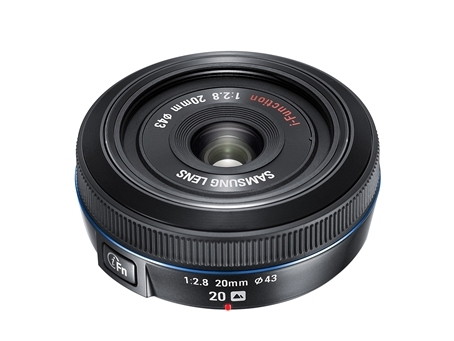Which lens? Choose the best lens for your DSLR
DSLR lenses explained: from fish-eye to telephoto

Standard lenses
A standard lens is designed to produce an image circle to closely cover the designated camera's sensor. It will also keep subjects in suitable perspective and proportion with little to no distortion.
The focal length of a standard lens is based on the diagonal measurement of the camera's sensor that the lens is paired with. This means that (to the nearest mm) Micro Four Thirds standard is 23mm, APS-C 28mm (this will vary based on different Canon and Sony sensor sizes) and Full Frame 43mm.
A common misconception is that 50mm equates to a standard lens, even though this is slightly longer, and cropped in to the image, by comparison. However, 50mm (or equivalent) optics have a similar field of view to the human eye.
Back when Pentax was producing 35mm (Full Frame) film cameras, it launched a 43mm lens that was the ideal standard focal length. On its current APS-C-sized sensor DSLR range this produces images similar to a 65mm equivalent, and it's a good portrait lens.
While standard lenses produce natural-looking shots reflective of life, hence being a common choice for street photography, many users will find them a little too wide-angle for all scenarios.
Sigma produces a 28mm f/1.8 lens for £350 that's the perfect pairing with an APS-C DSLR of any make. However, a lot of the other manufacturers don't quite offer the exact standard focal length, hence why we picked some slightly longer lenses in our listings below.
Typical standard lens examples
DSLR

Canon EF 28mm f/1.8 USM - £389
Sign up for breaking news, reviews, opinion, top tech deals, and more.

Sony DT 35mm f/1.8 SAM - £158

Pentax 31mm f/1.8 FA AL - £1,049

Olympus Zuiko Digital 25mm f/2.8 Four Thirds - £215
Pentax 35mm f/2.4 SMC DA AL - £134
Sigma 28mm f/1.8 EX DC HSM - £350
Nikon 35mm f/1.8 G AF-S DX - £164
CSC

Samsung 20mm f/2.8 iFn - £235
Panasonic 20mm f/1.7 Lumix G Micro Four Thirds